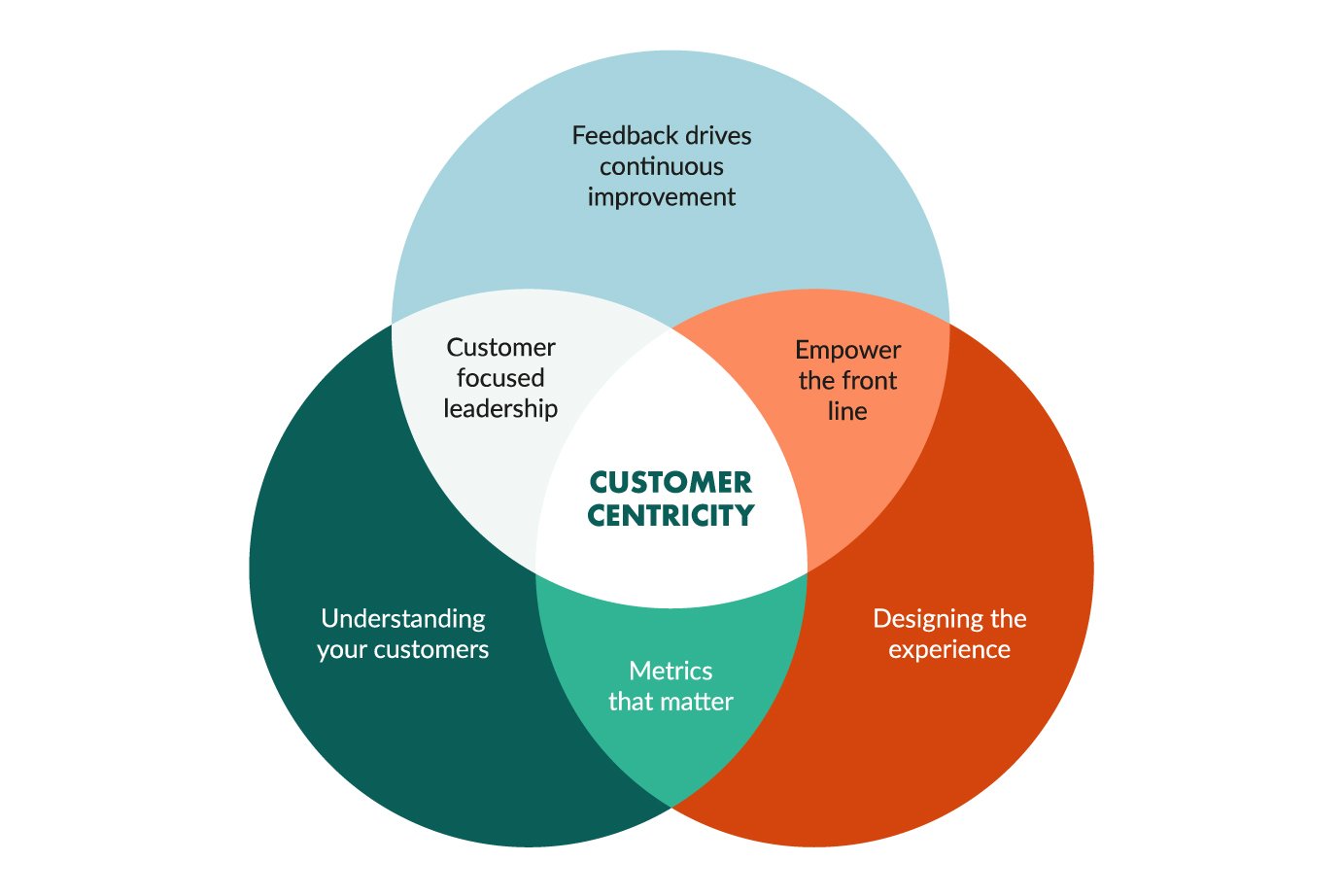Putting Clients First: The Key to Success
In today’s fast-paced and competitive business world, one of the most crucial factors for success is ensuring customer satisfaction. This is where client-centric management comes into play. By prioritizing the needs and preferences of your clients, you can build strong relationships, increase customer loyalty, and ultimately drive business growth.
Putting clients first means going above and beyond to understand their unique requirements and providing personalized solutions. It involves actively listening to their feedback, addressing their concerns promptly, and constantly striving to exceed their expectations. By doing so, you can create a positive customer experience that will set you apart from your competitors.
One of the main benefits of adopting a client-centric approach is increased customer satisfaction. When clients feel valued and appreciated, they are more likely to remain loyal to your brand and recommend your products or services to others. This can lead to higher retention rates, lower customer acquisition costs, and ultimately, increased profitability for your business.
Moreover, by putting clients first, you can also gain valuable insights into their needs and preferences. This can help you tailor your offerings to better meet their requirements, leading to higher levels of customer engagement and satisfaction. By continuously improving your products and services based on client feedback, you can stay ahead of the competition and drive long-term success for your business.

Image Source: superoffice.com
In addition, a client-centric approach can help you build trust and credibility with your clients. By consistently delivering on your promises and providing exceptional customer service, you can establish a reputation as a reliable and trustworthy partner. This can further enhance customer loyalty and encourage repeat business, ultimately leading to sustainable growth and success for your business.
Another key aspect of putting clients first is being proactive in anticipating their needs and preferences. By staying ahead of the curve and offering innovative solutions that address emerging customer trends, you can position your business as a market leader and attract a loyal following of satisfied clients. This can give you a competitive edge and help you stay ahead of the competition in today’s rapidly evolving business landscape.
Ultimately, putting clients first is not just about driving sales or increasing revenue – it’s about building lasting relationships with your customers based on trust, respect, and mutual understanding. By prioritizing the needs and preferences of your clients, you can create a positive customer experience that will set you apart from your competitors and drive long-term success for your business. So, make sure to always keep your clients at the forefront of your business strategy and watch your success soar.
Building Strong Relationships for Happy Customers
In the fast-paced world of business, one of the key factors that can set a company apart from its competitors is the ability to build strong relationships with customers. Happy customers are not only more likely to return for repeat business, but they are also more likely to recommend your products or services to others. This is where client-centric management comes into play, as it focuses on ensuring customer satisfaction in every aspect of the business.
One of the first steps in building strong relationships with customers is to truly understand their needs and preferences. This involves actively listening to their feedback, whether it be positive or negative, and taking it into consideration when making decisions about products or services. By showing customers that their opinions matter, you are not only building trust but also creating a sense of loyalty that can lead to long-term relationships.
Another important aspect of client-centric management is communication. Keeping customers informed about new products, promotions, or changes within the company shows that you value their business and want to keep them in the loop. Whether it be through email newsletters, social media updates, or personalized messages, consistent communication is key to maintaining a strong relationship with customers.
In addition to understanding their needs and communicating effectively, it is also important to provide excellent customer service. This means going above and beyond to resolve any issues or concerns that customers may have, and making sure that they feel valued and appreciated. Showing empathy and understanding towards customers can go a long way in building trust and loyalty, ultimately leading to happy customers who are more likely to continue doing business with you.
Client-centric management also involves building a culture of customer satisfaction within the company. This means ensuring that every employee, from sales representatives to customer service agents, is committed to putting the customer first in every interaction. By fostering a customer-centric mindset throughout the organization, you can ensure that every customer touchpoint is a positive one, leading to increased customer satisfaction and loyalty.
Ultimately, building strong relationships with customers is essential for the success of any business. By focusing on client-centric management and ensuring customer satisfaction in every aspect of the business, you can create happy customers who are more likely to return for repeat business and recommend your products or services to others. So, take the time to truly understand your customers, communicate effectively, provide excellent customer service, and build a culture of customer satisfaction within your organization. Your customers will thank you for it, and your business will thrive as a result.
Customer-Centric Management: Putting Clients at the Heart of Your Business